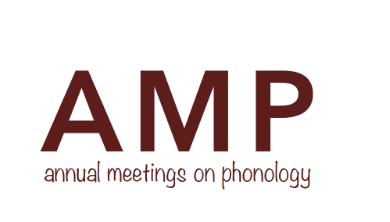Simulating Variability-Induced Learning Biases Using MaxEnt Grammars
Abstract
Recent work by Do and colleagues (e.g., Do and Mooney, 2022; Huang and Do, 2023) suggests that learning biases towards vowel harmony over vowel disharmony are more likely to emerge under variable learning conditions. However, it is unclear whether or how such a reliance on substantive grounding might be implemented formally, such as with MaxEnt learning models of Harmonic Grammar (Goldwater and Johnson, 2003; Hayes and Wilson, 2008). The present study makes use of the MaxEnt Grammar Learning Tool (Hayes et al., 2009) to explore whether and when learning biases are more likely to emerge under variable vs. categorical training data. The results of four sets of simulations demonstrate that MaxEnt Grammars can simulate a stronger learning bias for vowel harmony over disharmony under variable conditions, but only when the bias towards harmony was put into the initial prior weight (μ). These results support the hypothesis that human learning biases may be more sensitive to variability. Learners may rely more on prior/substantively grounded biases in the face of ambiguous or conflicting evidence, such as a variable rule or pattern.
How to Cite:
Finley, S., (2025) “Simulating Variability-Induced Learning Biases Using MaxEnt Grammars”, Proceedings of the Annual Meetings on Phonology 1(1). doi: https://doi.org/10.7275/amphonology.3045
Downloads:
Download PDF
1162 Views
1259 Downloads
